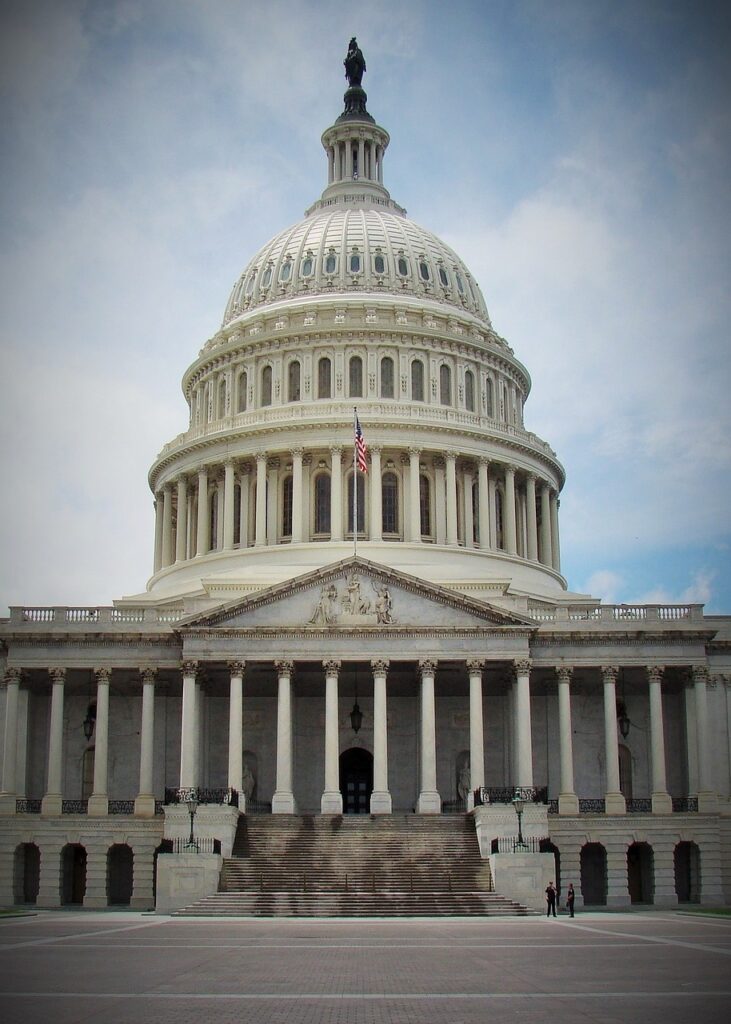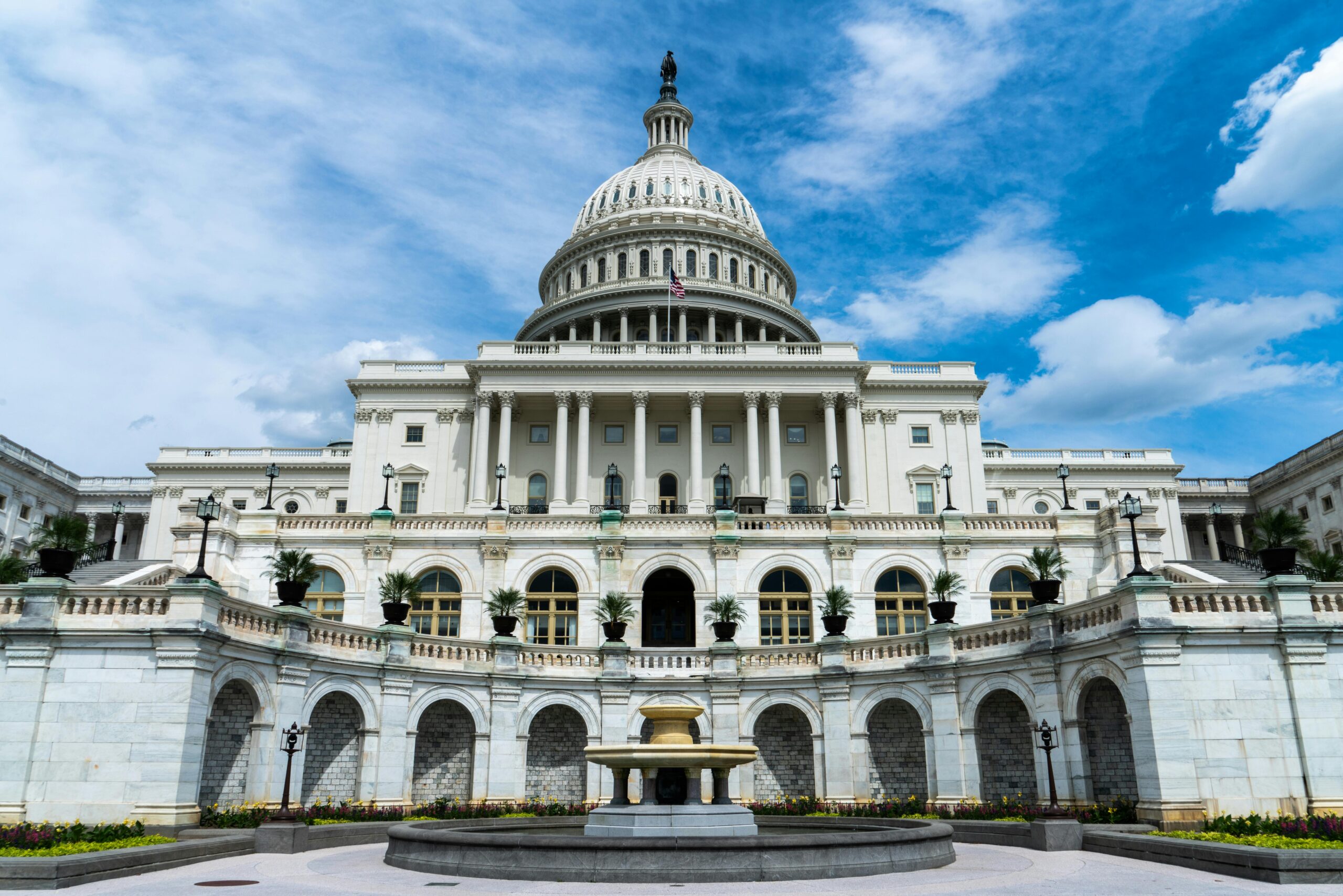As December 2024 unfolded, a high-stakes drama played out in Washington, D.C., with Congress racing against time to avoid a government shutdown. This crucial political moment not only held the nation’s attention but also had profound implications for disaster-stricken communities across the country. Here’s what happened and why it matters.

The Deadline Looms
The federal government faced a looming shutdown deadline of December 20, with Congress struggling to pass a funding bill to keep the lights on. At stake was not just the functioning of government but also over $100 billion in disaster relief for communities ravaged by Hurricanes Helene and Milton. These back-to-back storms had left a trail of devastation, making swift federal action indispensable for recovery efforts.
To address this, lawmakers proposed a continuing resolution (CR) to extend federal funding through March 14, 2025. This temporary solution also bundled critical aid for farmers and disaster-hit regions, putting even more pressure on Congress to act quickly.
Politics in the Spotlight
The path to passing the funding bill was anything but smooth. A key sticking point? Objections raised by influential figures like President-elect Donald Trump and Elon Musk, who was appointed to oversee government efficiency initiatives. Their concerns about federal spending and the debt ceiling reverberated through conservative circles in Congress, delaying negotiations and forcing revisions to the bill.
Ultimately, bipartisan cooperation prevailed. On December 20, the House of Representatives passed the revised CR with overwhelming support—366 votes to 34. The Senate, recognizing the urgency, prepared to fast-track the bill to ensure federal services would continue uninterrupted.

Disaster Aid: A Lifeline for Communities
The inclusion of $110 billion in disaster aid was a cornerstone of the funding package. This aid was earmarked for states still reeling from the destructive hurricanes that had upended lives and economies. For farmers and rural communities, the relief funds provided a glimmer of hope during an otherwise difficult recovery period.
By removing a contentious provision to suspend the federal debt limit, lawmakers managed to sidestep a major roadblock, demonstrating a rare moment of compromise in an otherwise polarized political landscape.
Why It Matters
Without the timely passage of this funding bill, the government would have shut down, causing widespread disruption. Non-essential federal employees would have been furloughed without pay, while essential workers—like air traffic controllers and TSA agents—would have continued to work without immediate compensation. Most critically, disaster recovery efforts would have faced delays, prolonging the hardships of already struggling communities.
Thanks to swift action, these dire outcomes were avoided, and the necessary resources were delivered to those in need.

FAQs About the Crisis
1. What is a continuing resolution (CR)?
A CR is a temporary funding measure that prevents government shutdowns by maintaining funding at current levels until a formal appropriations bill is passed.
2. Why was disaster aid included in this bill?
Hurricanes Helene and Milton caused unprecedented damage across multiple states, making it imperative for Congress to allocate significant funds for relief and rebuilding.
3. What happens during a government shutdown?
Non-essential federal services are paused, and employees are furloughed without pay. Essential services like national security continue, but workers are not paid until funding is restored.
4. What were the key challenges in passing the bill?
Political disagreements over federal spending and the debt ceiling slowed progress. Interventions by figures like Donald Trump and Elon Musk also influenced negotiations.
5. How does disaster aid work?
Disaster aid is allocated to affected states to support rebuilding, provide financial relief to individuals and businesses, and restore infrastructure and public services.
The Takeaway
This close call serves as a reminder of the fragility and complexity of federal funding processes. While the resolution brought temporary relief, the underlying debates over spending and governance remain unresolved, setting the stage for more challenges in 2025.
Stay tuned as Congress navigates these turbulent waters—because when politics meets disaster relief, the stakes couldn’t be higher.
Sources CNN


